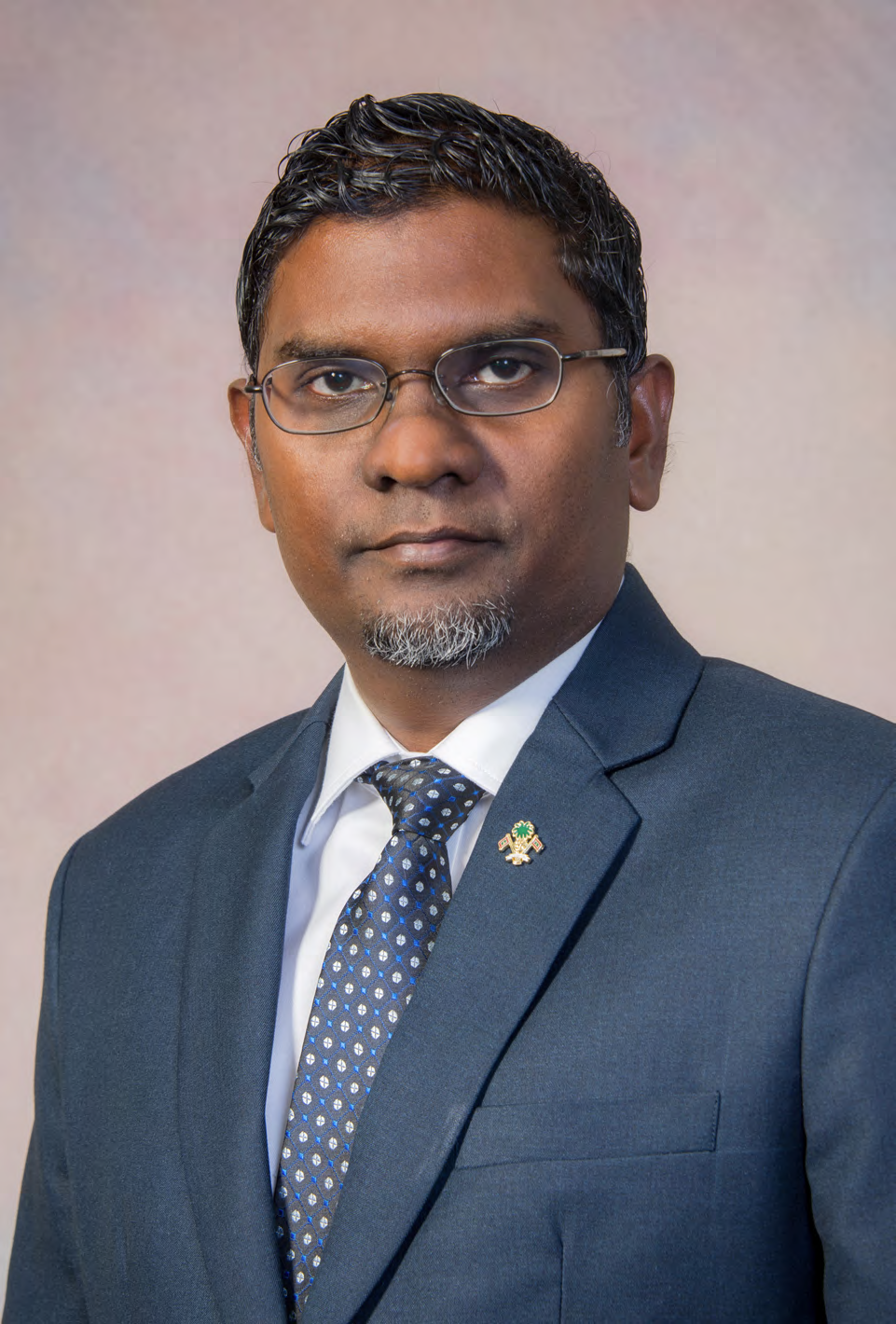To dub the narrative of the Maldivian economy over the past few decades as a success story in regional economic development would by no means be an embellishment of the truth. From a nation comprised primarily of fishermen and farmers in the 1970’s; with virtually no economic infrastructure and no contact with the outside world apart from Morse code; it is remarkable to note that our GDP per capita today, is the highest amongst the eight member states of the SAARC.
The socio-economic landscape of the country has undergone a myriad of transformative changes over this period and there is no greater testament to the economic progress that we have made than the reclassification of our country from the Least Developed Countries (LDCs) category to the Middle Income Countries (MICs) category by the United Nations in 2011.
However, our journey in the pursuit of a more prosperous future has hardly been only smooth sailing. In recent years, our economy has had to contend with a number of challenges and shocks, both exogenous and domestic in nature. As we navigate the uncertain waters of the post financial crisis era, our economy is now faced with a new set of challenges that we must overcome. These challenges include; rising income inequality, fiscal and balance of payments imbalances, high dollarisation of the banking sector and a persistent shortage of foreign currency, exacerbated by the high demand for it.
Given the import dependent nature of the local economy, the interrelated problems of the shortage of foreign exchange and high dollarisation are the two most pressing issues, which epitomises the contemporary challenges we face in our bid to achieve inclusive and sustainable economic growth.
Consequently, it has become imperative for the Maldives Monetary Authority (MMA) to develop strategic measures to tackle the aforementioned issues, and further develop the capacity and resilience to contend with any further adversity and challenges that are likely to materialise in the future.
In light of the above, the focus of MMA’s Strategic Plan for the five-year period from 2018 to 2022 is aimed to adopt various policy measures to achieve the following broad strategic objectives:
Maintaining exchange rate stability through the active implementation of monetary policy in tandem with regulatory reforms to the foreign exchange market.
Formulating new strategies to develop the financial sector, with emphasis on striking the right balance between liberalisation policies to foster development and innovation on one hand and strengthening the regulatory and prudential framework on the other.
Improving access to and costs of finance through measures aimed at diversifying the conventional financial sector and fostering the growth of the capital market and the Islamic Finance sector.
Enhancing the efficiency and safety of the payments and settlements systems by developing a modern and state-of-the-art payments system.
Reviewing and strengthening the governance structure of the MMA in a manner that would be most conducive to the attainment of the central bank's core objectives.
During the implementation phase of the Strategic Plan, we will be working closely with all relevant stakeholders including the Government, other regulatory authorities, financial institutions, the private sector and our development partners across the globe.
I look forward to rising to these challenges and hope that the Strategic Plan 2018 – 2022 of the Maldives Monetary Authority will serve as a blueprint for a more prosperous future as we continue to take bold strides towards the fulfillment of our economic potential.
